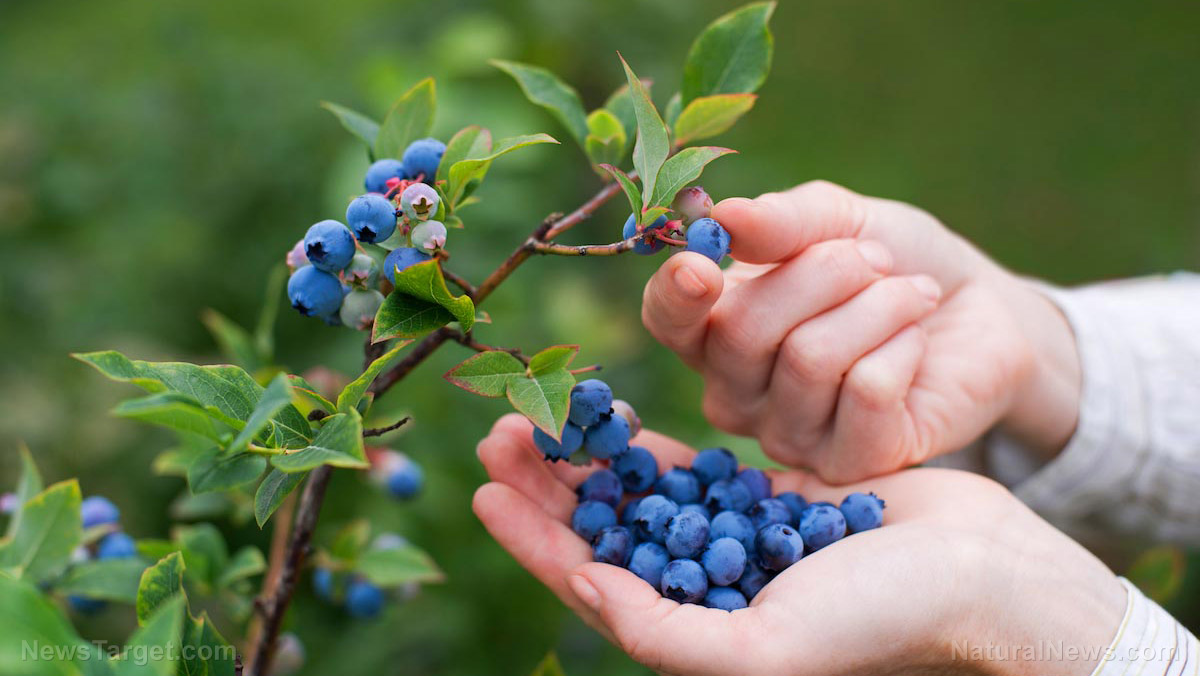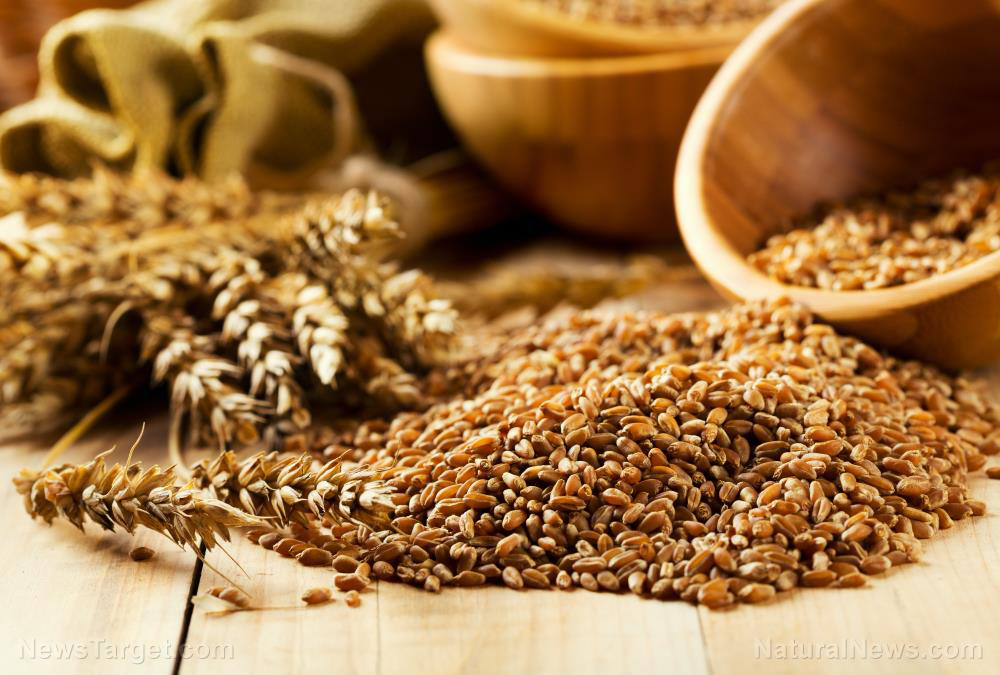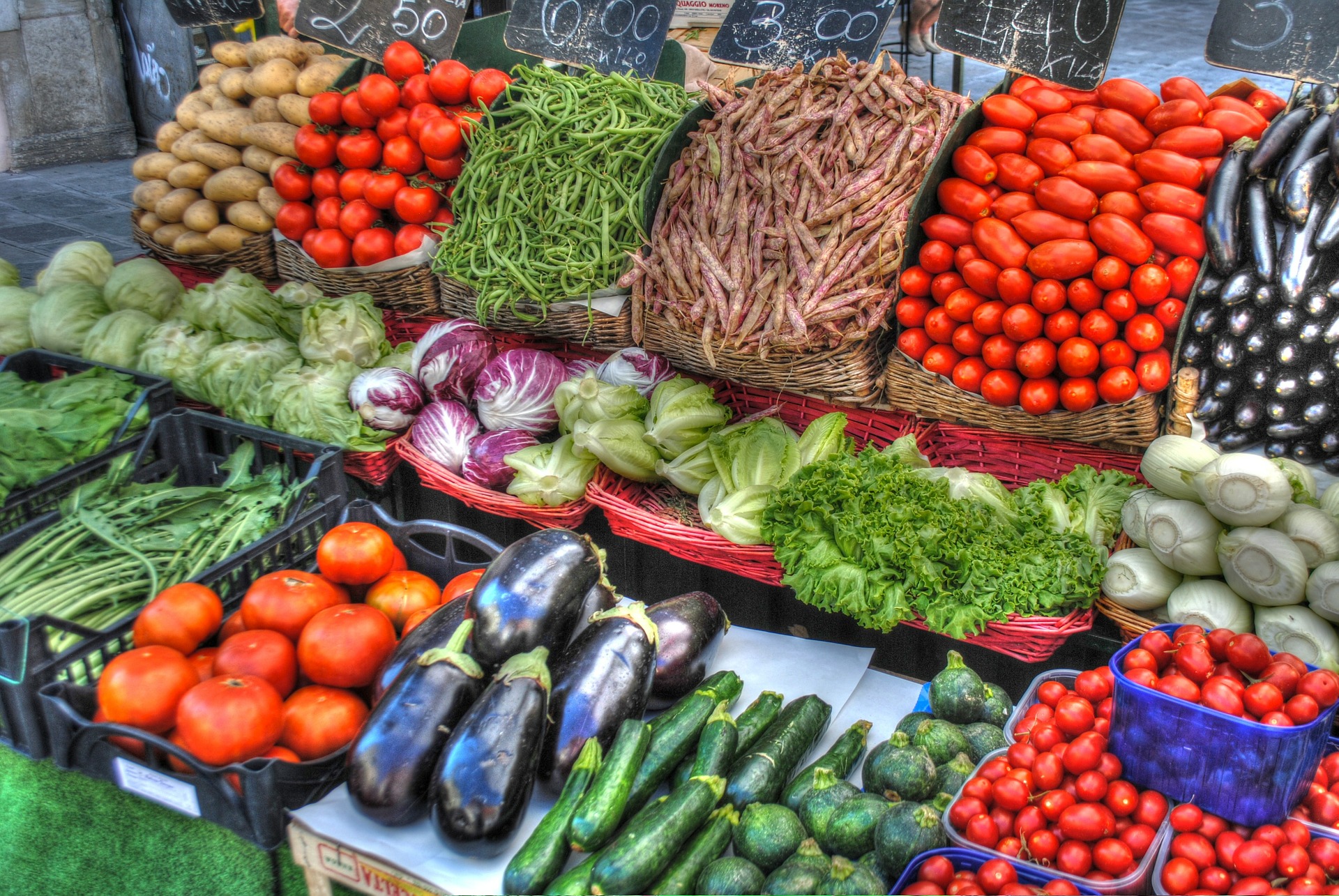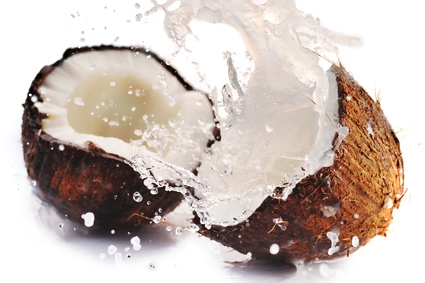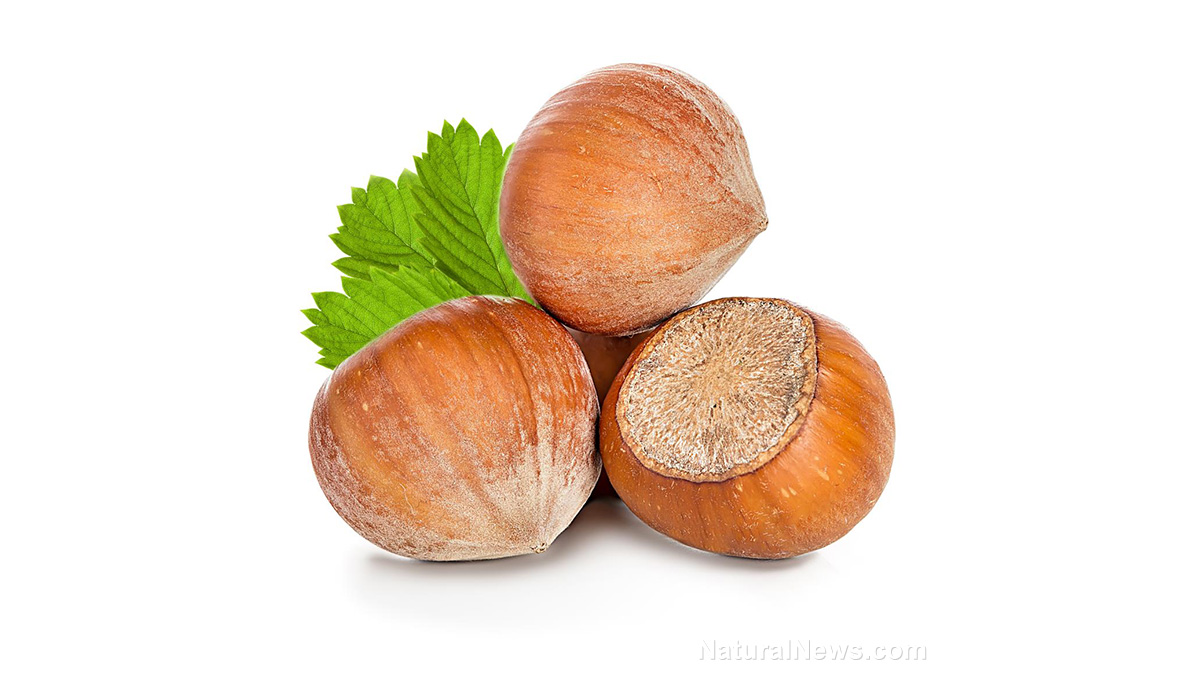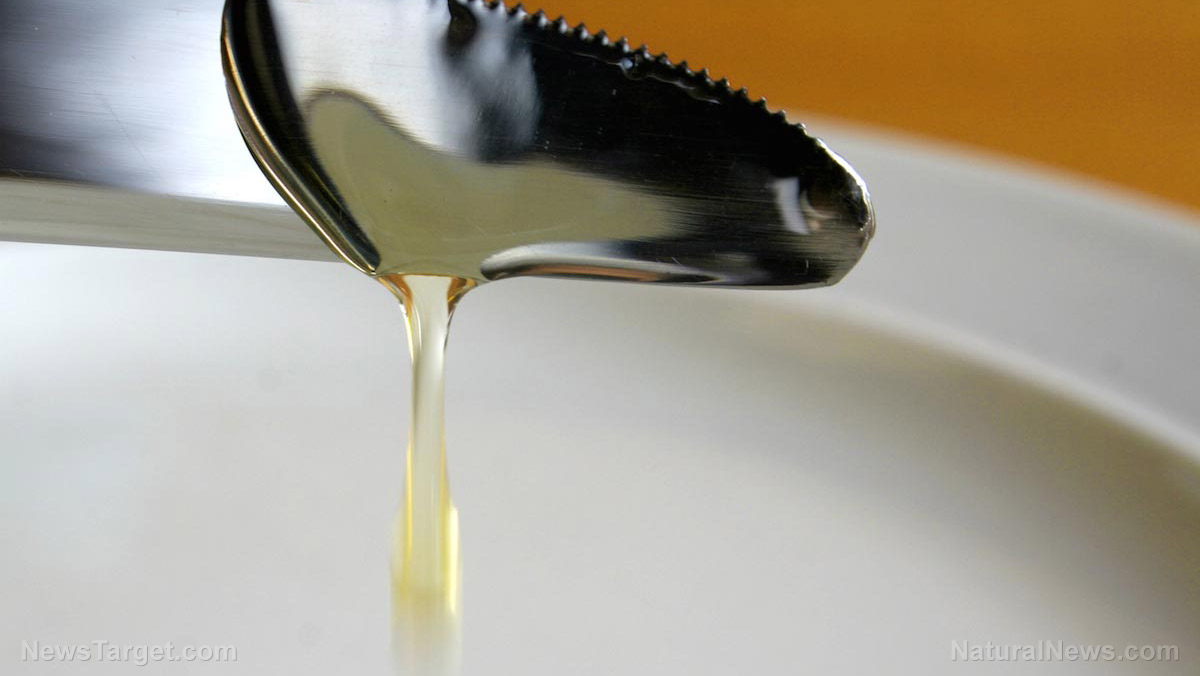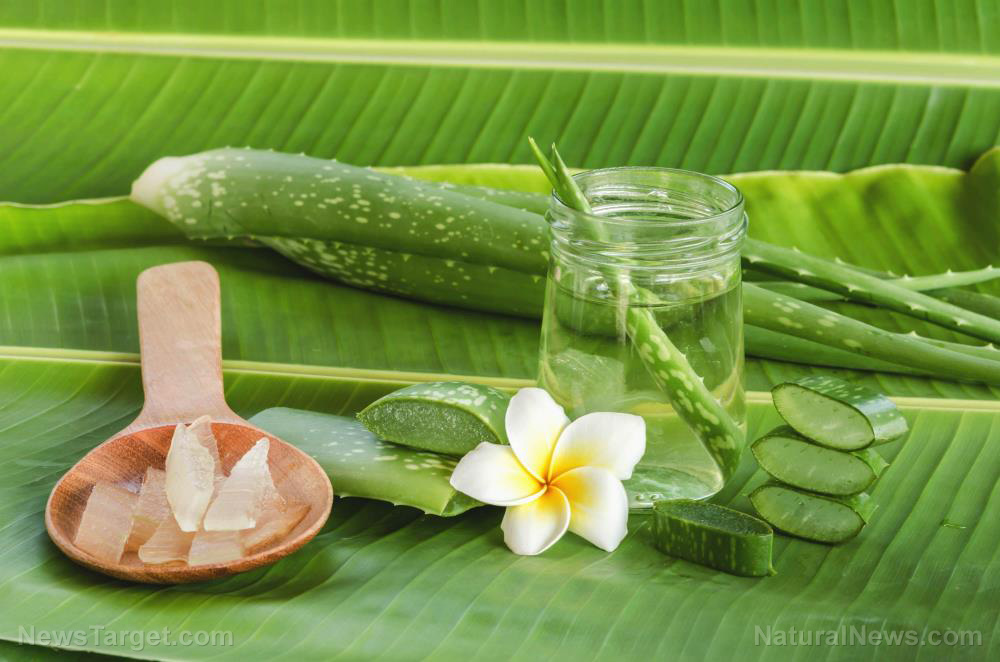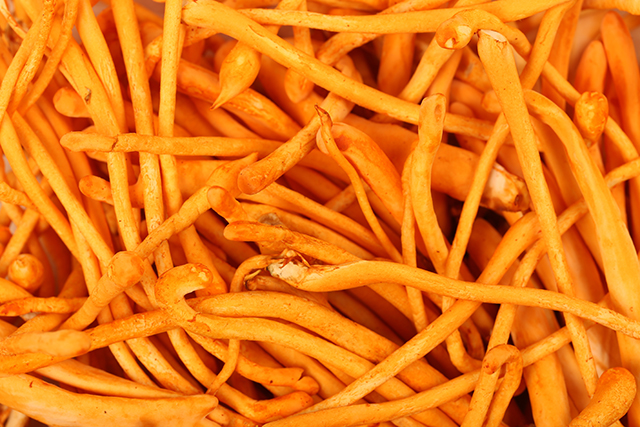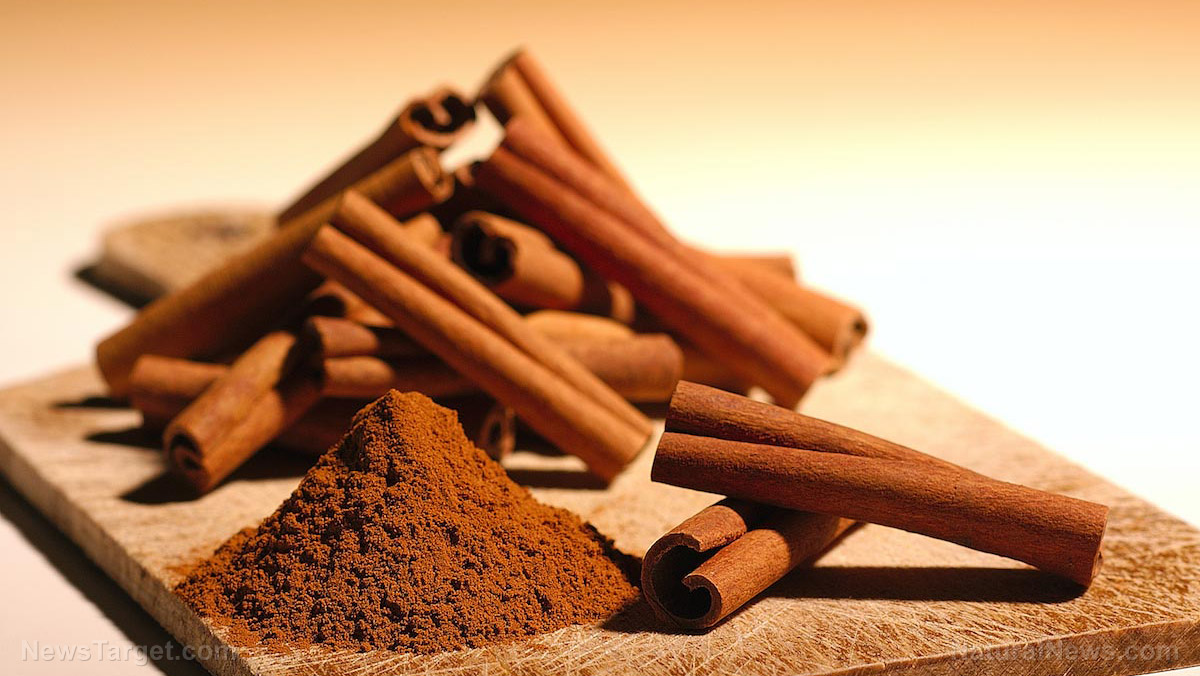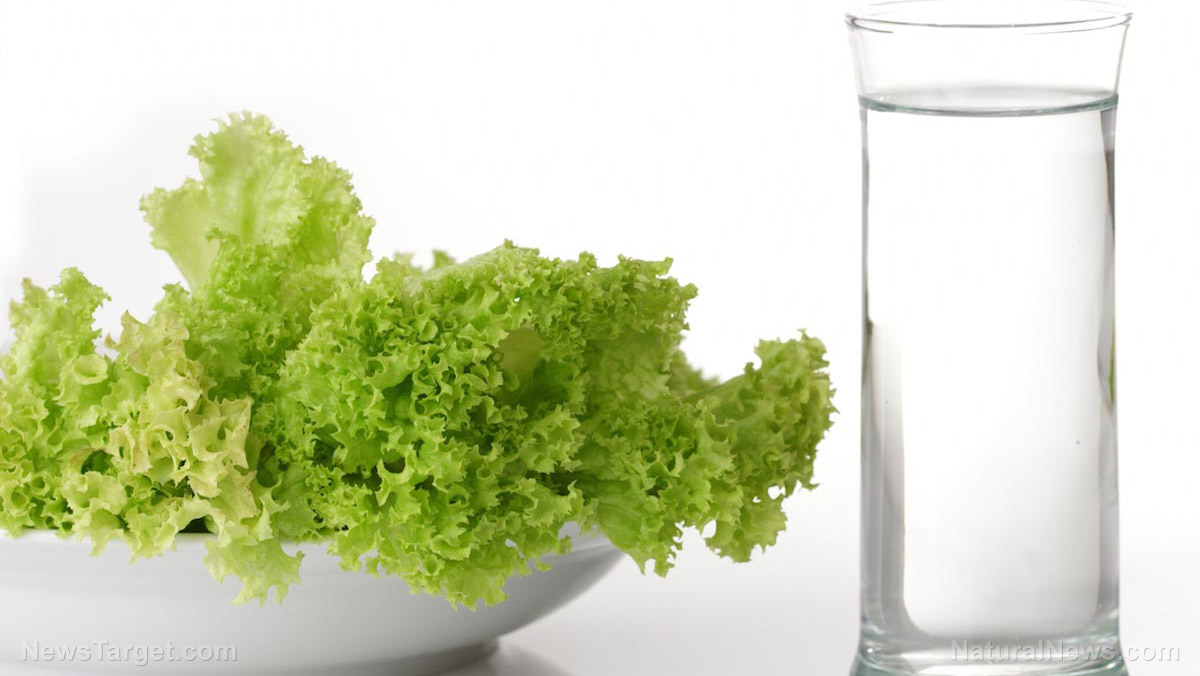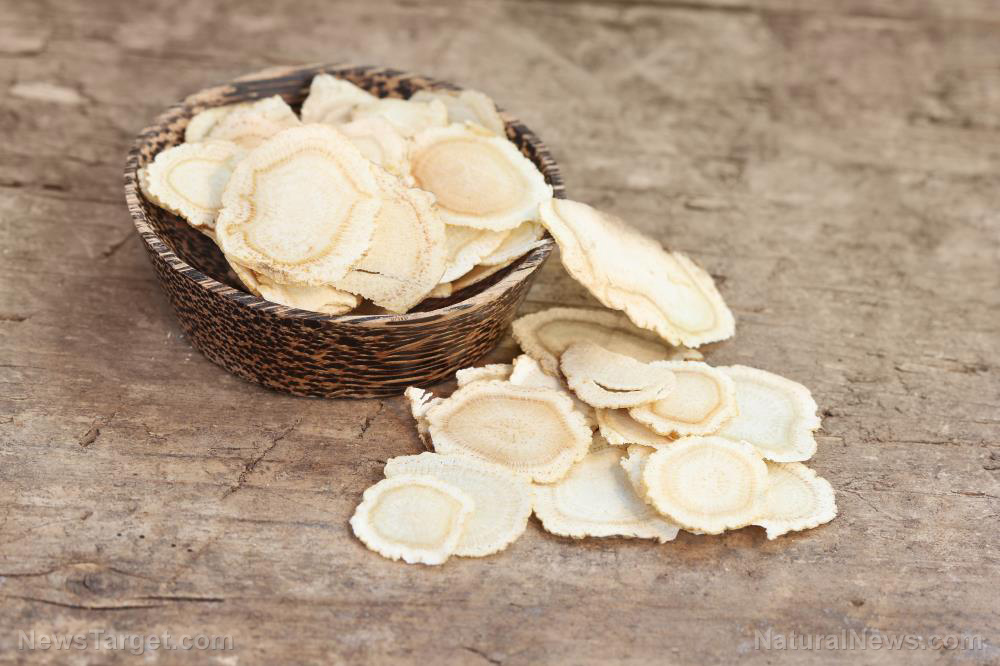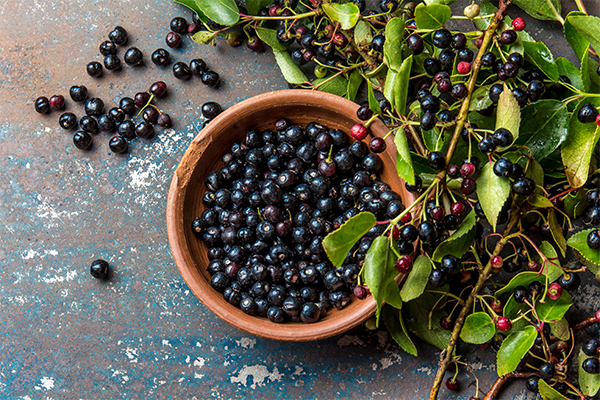Diabetes science: Tasmanian bluegum regulates blood sugar levels
02/04/2019 / By Ellaine Castillo

A study by researchers from Ladoke Akintola University of Technology, Lagos State University, and State Specialist Hospital in Nigeria revealed that Tasmanian bluegum (Eucalyptus globulus) has potential use as a natural remedy for diabetes and its complications. Their findings, which were published in the African Journal of Traditional, Complementary and Alternative Medicines, were based on the results of in vivo experiments conducted in albino rats with alloxan-induced diabetes.
Recent estimates by the World Health Organization show that more than 422 million adults worldwide suffer from diabetes. This condition has two major types. The first of these is Type 1 diabetes or juvenile diabetes, which occurs when the body is unable to produce insulin. On the other hand, patients with Type 2 diabetes still produce insulin, however, their cells are unable to respond like they normally do. One thing that both types of diabetes have in common is that they are both characterized by high blood sugar levels.
When left untreated, diabetes can cause complications like ketoacidosis or the accumulation of excessive amounts of ketones in the blood, heart disease, vision loss, heart disease, nerve damage, stroke, and kidney problems. Although there are anti-diabetes medications, such as metformin and glibenclamide, available in the market, these often do more harm than good. Some of the most common side effects that these drugs cause include liver disease, dangerously low blood sugar levels, diarrhea, and bladder cancer. Moreover, these drugs are a huge financial burden since they are prescribed for long-term use. Fortunately, there are many medicinal plants that have shown potential as safer and cheaper alternatives to antidiabetic medications. One of these is the Tasmanian bluegum.
Regulating blood sugar levels with Tasmanian bluegum
Tasmanian bluegum, an evergreen tree that’s native to Southeast Australia, Tasmania, and Nigeria, is commonly used as raw material for industrial processes. Traditionally, this plant is also used as a natural remedy for wounds, inflammation, back conditions, colds, and rheumatism. People also extracted the essential oils from Tasmanian bluegum leaves and utilized it in aromatherapy and phytotherapy. This oil contains phytochemicals like cineol, rutin, terpineol, sesquiterpenes, alcohols, aliphatic aldehydes, isoamyl alcohol, ethanol, terpenes, tannins, and manganese, which contribute to its biological activities.
Previous studies have shown that Tasmanian bluegum can reduce blood sugar and lipid levels. However, no studies have evaluated its effects on the complications caused by diabetes.
In this study, the researchers collected extracts from dried and powdered Tasmanian bluegum leaves and administered them in male albino rats with alloxan-induced diabetes. They also treated one group of rats with glibenclamide instead of the plant extracts so that they can use these animals as a reference. Throughout the four week study, the team collected blood samples from the rats to determine their blood sugar levels; then at the end of the study, they evaluated the markers for oxidative stress and antioxidant activity.
The results showed Tasmanian blue extracts significantly reduced blood sugar levels. Although the exact mechanism behind this effect was not determined in the study, the researchers believed that it potentially involves the high manganese content of the plant. This is because manganese chloride has been associated with hypoglycemic activity. Additionally, the researchers observed an increase in antioxidant activity and a decrease in malondialdehyde, which is commonly used as a marker for oxidative stress. Antioxidant activity is important since it can prevent oxidative stress from contributing to the development of diabetes complications like lipid peroxidation and ketoacidosis.
From these results, the researchers concluded that Tasmanian bluegum has potential use as a natural remedy for diabetes and its complications since it has hypoglycemic and antioxidant properties, which can be attributed to its phytochemical content. However, the researchers recommend further studies to determine the underlying mechanisms of this plant before it can be used as an alternative for harmful antidiabetic medications. (Related: Doctors admit that scientific evidence questioning the safety of glucose-lowering drugs is being “largely ignored”.)
Read more news articles on natural remedies for high blood sugar levels by visiting DiabetesCure.news.
Sources include:
Submit a correction >>
Tagged Under:
alternative medicine, antidiabetic, antihyperglycemic, antioxidant, blood sugar, diabetes, Eucalyptus globulus, herbal medicine, hypoglycemic, lipid peroxidation, natural remedies, Tasmanian bluegum
This article may contain statements that reflect the opinion of the author
RECENT NEWS & ARTICLES
BloodSugar.News is a fact-based public education website published by Blood Sugar News Features, LLC.
All content copyright © 2018 by Blood Sugar News Features, LLC.
Contact Us with Tips or Corrections
All trademarks, registered trademarks and servicemarks mentioned on this site are the property of their respective owners.

